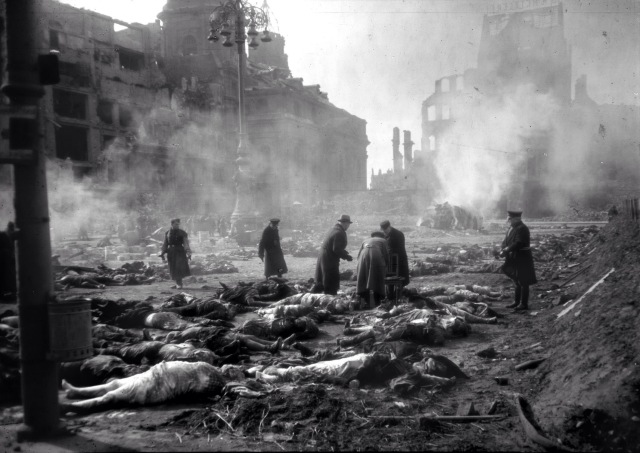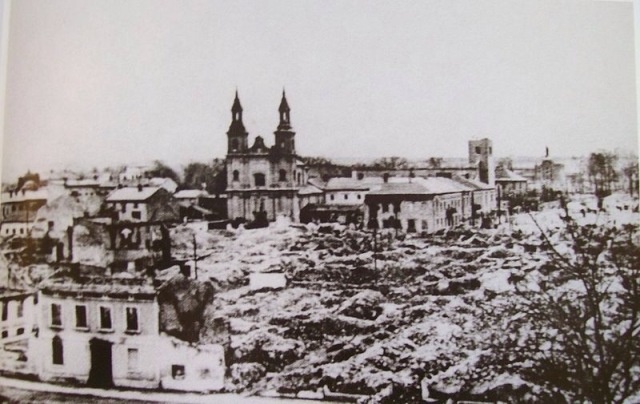THE BOMBING OF GUERNICA
- Get link
- X
- Other Apps
THE BOMBING OF GUERNICA

The infamous Bombing of Guernica was an aerial attack on the town of Guernica in Basque County, Spain that took place on April 26, 1937. The attack, which lasted three hours, was carried out by the German Air Force’s Condor Legion and the Italian Aviazione Legionaria, at the request of the Spanish National Government during the Spanish Civil War, often refered to as “dress rehearsal” for World War II. Although modern estimates range from 153-400 civilians killed in the raid on the Spanish town, the Basque government reported 1,654 deaths and Russian records from May 1, 1937 claim 800, not including those resulting from injury or bodies which were later recovered from the rubble. Guernica suffered one of the first raids carried out by an air force on a defenseless civilian population in modern times. The bombing and its aftermath were so horrific, the event went onto inspire Picasso’s anti-war painting ‘Guernica’ and was featured in a woodcut by German artist Heinz Kiwitz, who died while fighting for the International Brigades on the side of the Second Spanish Republic during the Spanish Civil War. The Bombing of Guernica, code name “Operation Rugen”, was executed in 5 waves of air strike with at least 45 aircraft. During the first wave, twelve 110lb (50kg) bombs were dropped on the city, the following wave destroyed the bridge to the east of the town preventing citizens from escaping. Fighter pilots were given specific instruction to not bomb the town itself, only possible escape routes during the second wave. Still, 36 additional 110lb (50kg) bombs were dropped on the city during a 60 second pass over Guernica from north to south. The three following waves of attack on the city caused the most devastation, destroying 3/4 of the buildings. 
Josefinas Hospital was only one of many buildings destroyed in the bombing, when it was hit all 42 wounded militiamen inside the building were killed. Another 50 people, most of whom were women and children, were found trapped under burning wreckage. Those who tried to escape were shot and witnesses say there were thousands of bullets fired. Some did make it out of the town and hid in fields as far as 4 miles away from the burning city of Guernica. Even most who made it to these fields were shot down. One priest who survived, when asked what had happened in his town, pointed back towards Guernica and whispered, “Aviones… Bombas’… Mucho, mucho.” Which translates to, “Aircraft… Bombed… Much, much.”. People inside the city were hiding in shelters and praying. Aronategui, an elderly priest who was unable to make it out if the city was killed while rescuing children from a burning building. The flames engulfing the city could be seen from ten miles away and th fires lasted three days. Survivor accounts from inside the town after the attacks are horrific: a thick stench of burning human flesh, Basque soldiers sobbing and frantically trying to recover bodies from the rubble to no avail.

In the aftermath, approximately 100 survivors say in the town plaza in shock. Amazingly, the only things left of the city after the attack were The Santa Maria Church, a 600 year old tree which was a sacred symbol to the Basque people, and a small munitions factory on the outskirts of town.

George Steer of the New York Times visited Guernica shortly after the attack and reported on what he experienced there in his piece, The Tragedy of Guernica Town Destroyed in Air Attack Eye Witness Account published in The New York Times on April 22, 1937. Steer commented, “A sight that will haunt me for weeks was the charred bodies of several women and children huddled together in what had been the cellar of a house.” The Bombing of Guernica and its 7,000 citizens is still considered to be unparalleled in military history today.


- Get link
- X
- Other Apps






.png)
Comments
Post a Comment